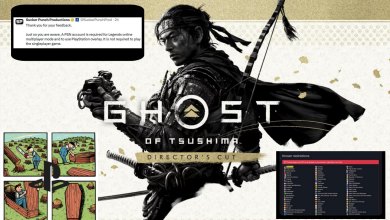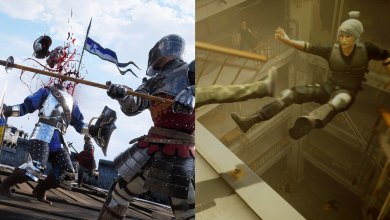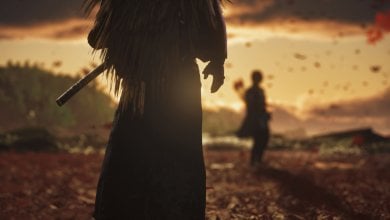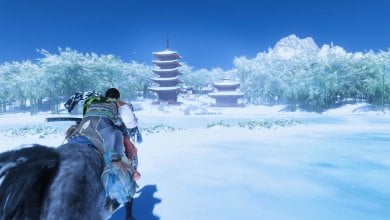Ghost of Tsushima Director's Cut PC Review
Overall
-
Story And Setting
-
Gameplay
-
Visuals And Performance
Verdict
Ghost of Tsushima Director’s Cut is a must-play samurai epic with a stellar PC port by Nixxes and Sucker Punch.
Pros
- Breathtaking Visuals
- Engaging Narrative
- Legends Mode Is A Great Add-On
- Cinematic Duels & Combat
- Well-Optimized PC Port
Cons
- Combat Can Wear Out Near The End
- DLC Is Not On Par With The Main Story
- No Narrative Choice Or Consequences
One of the most anticipated Playstation PC ports finally hit the stores on May 16, although not everyone worldwide can access it. Nevertheless, it is definitely one of the best PC ports in a while, and the consistency of NIXXES with its porting support is absolutely commendable. This brings us to our other question: How well does Ghost of Tsushima hold up after four years? Honestly, pretty well.
- Developer: Sucker Punch Studios
- Publisher: Playstation PC LLC
- Release Date: May 16, 2024
- Platforms: PS5, PC
- Game Length: 30 Hours
- Time Played: 40 Hours
- Author’s Note: I have played Ghost of Tsushima on both PS5 and PC, spending over 60 hours combinally in the land of Tsushima.
Story And Setting
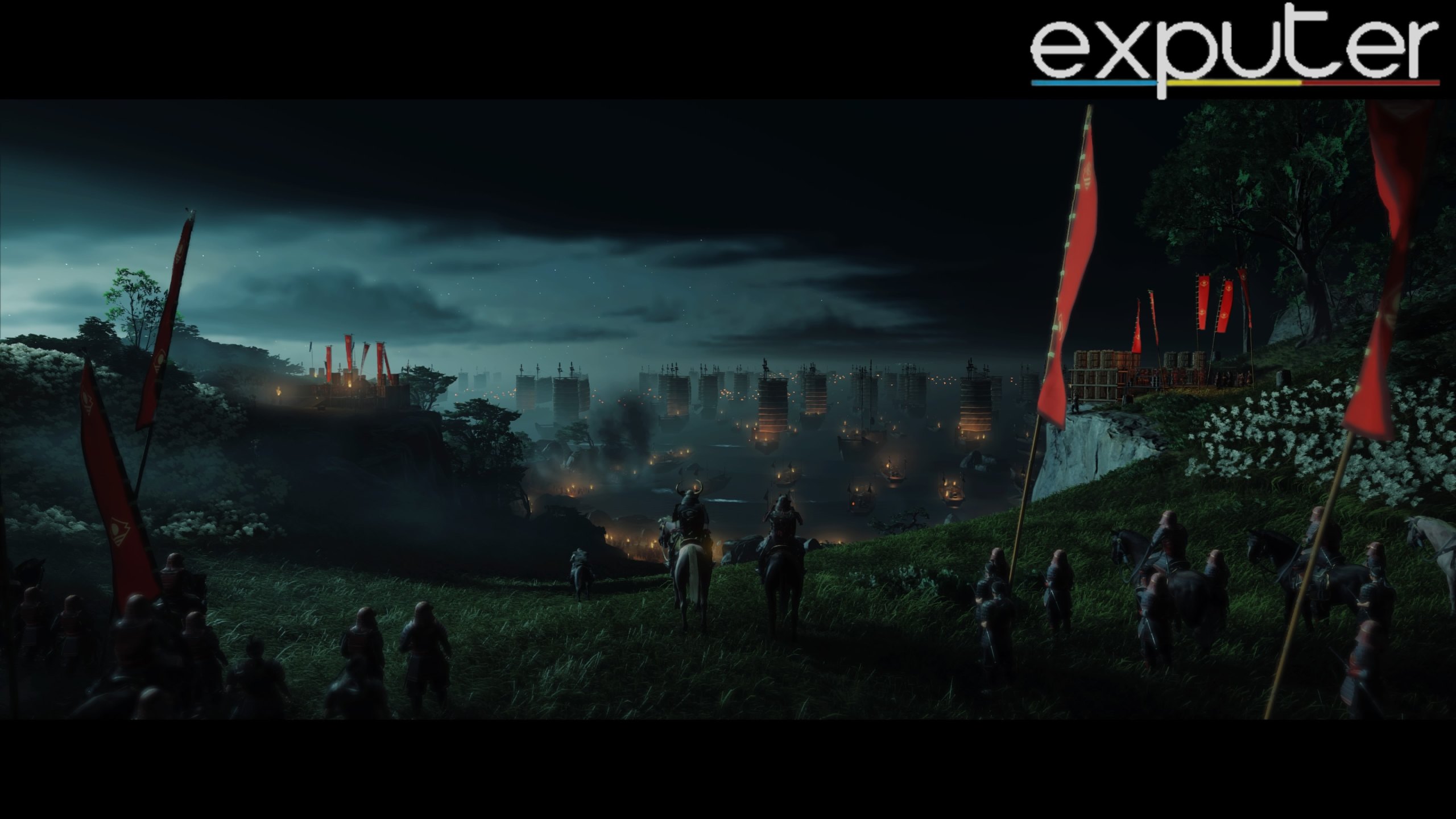
It’s a simple story of a hero who rallies his fallen allies and forms new alliances to take on a greater foe, told with great effectiveness. There is definitely an Assassin’s Creed DNA in its mission design, but those aspects get overshadowed quickly by the Kurosawa-inspired epic that unfolds before the eyes.
The writing also doesn’t lose any momentum in the companion’s sub-stories, and they are just as good, if not more. The only weak part of the main story was the villain Khotun Khan, who sticks out as a weak link in an otherwise very good epic.
It’s a simple story of a hero who rallies his fallen allies and forms new alliances to take on a greater foe, told with great effectiveness
Also, I personally didn’t enjoy the story of Ikshima Island as much as the main story, primarily because it felt more like a Far Cry story rather than a Kurosawa one. Apart from that, I feel that the overall story should’ve had more clear consequences or paths for choosing honor or dishonor.
The Meaning Of Honor
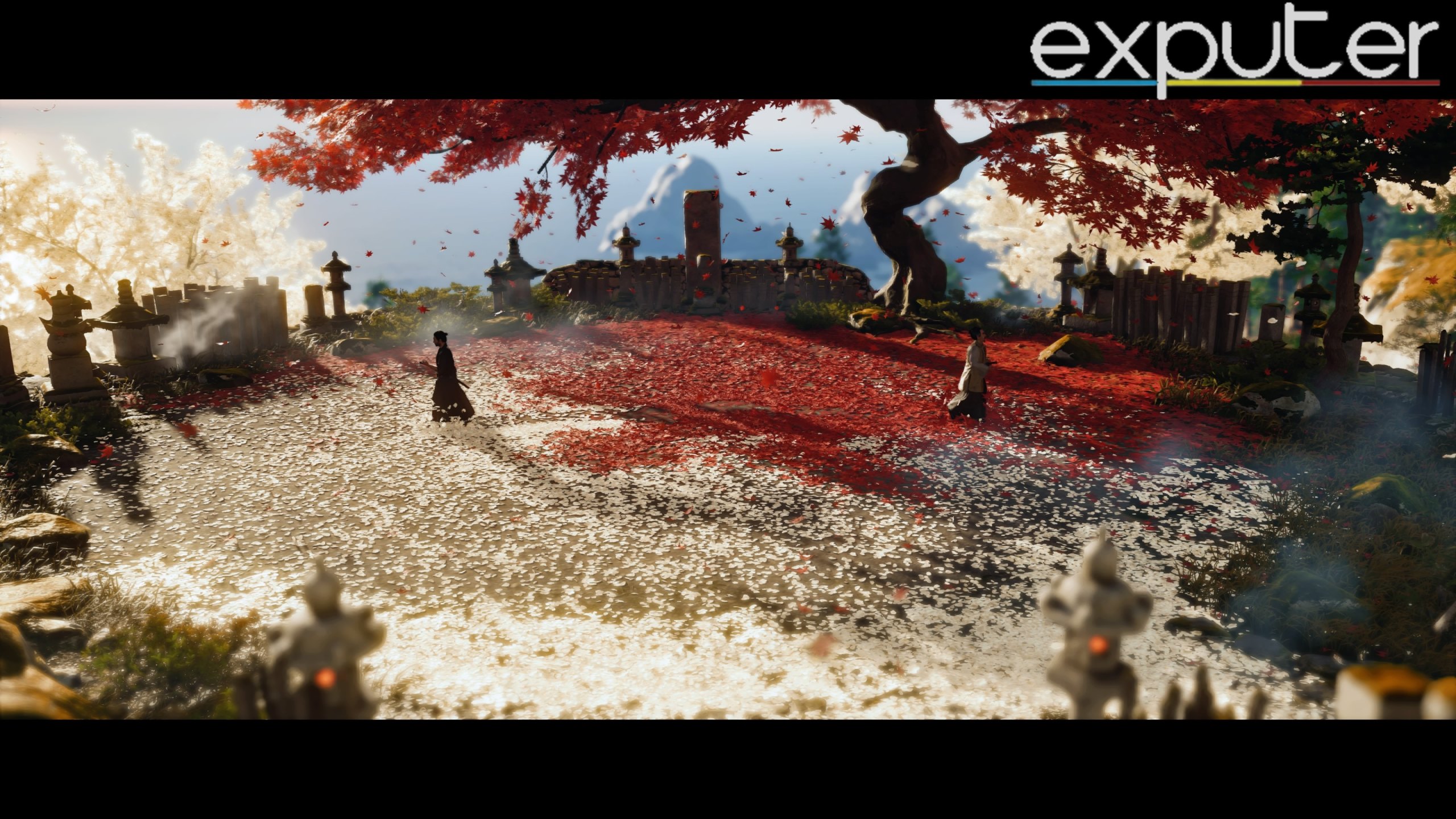
To Jin, honor meant protecting others, while Lord Shimura had a much more traditional definition. In a sense, Jin upholds his definition of honor even if it means breaking the samurai code. Ghost of Tsushima places both the player and the protagonist in an intriguing dilemma, asking them to reflect on the definition of honor and whether it is worth upholding when so many lives are on the line.
Gameplay
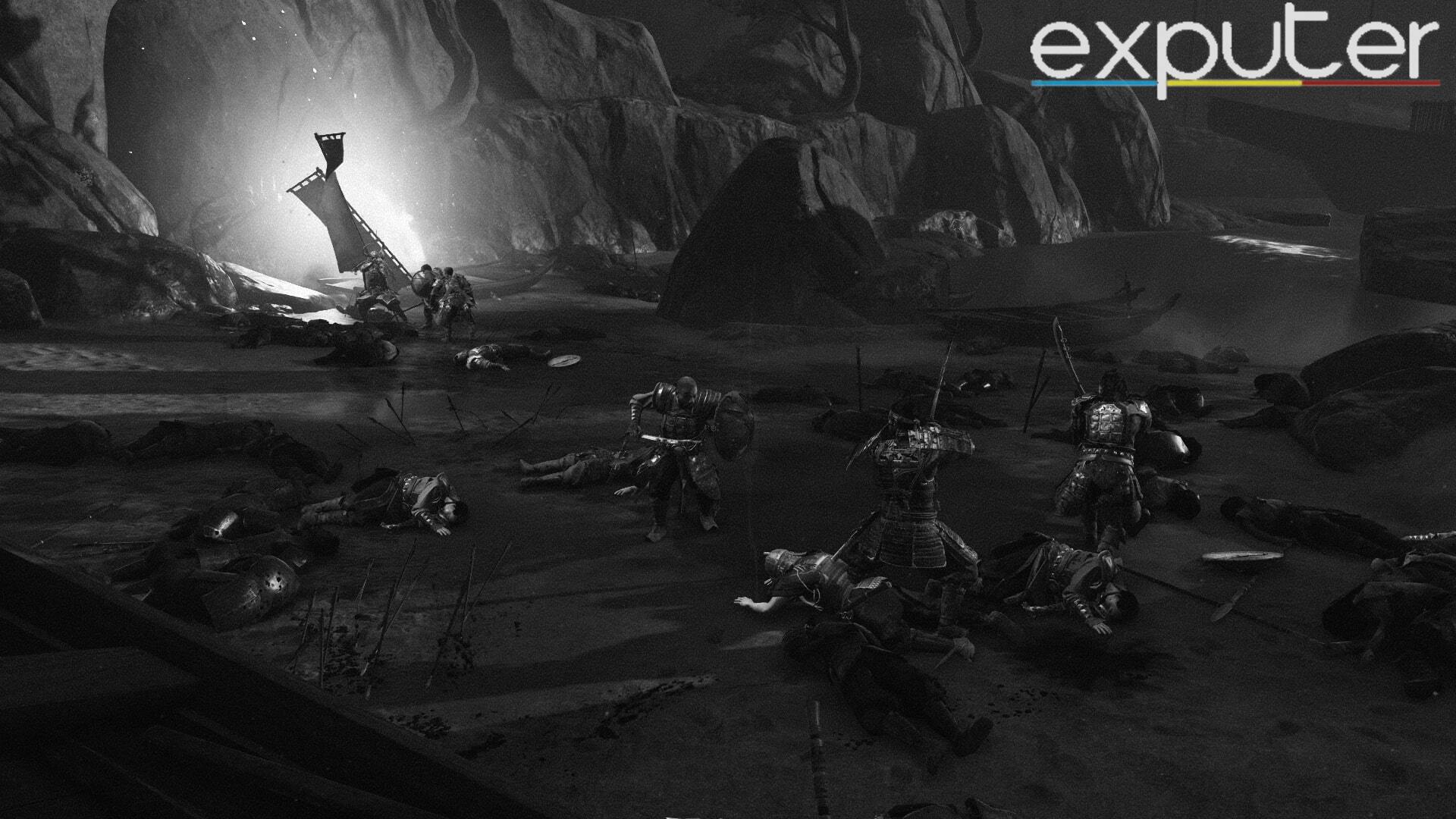
Ghost of Tsushima places both the player and the protagonist in an intriguing dilemma, asking them to reflect on the definition of honor and whether it is worth upholding when so many lives are on the line.
In addition to that, Jin has ninja tools that can be used in both melee combat and stealth, such as kunai knives, poison and hypnotizing darts, and bows. Ghost of Tsushima even further rewards the player for playing well by granting “resolve” and filling Jin’s Ghost Stance meter, which further opens more options for countering and defeating the enemies.
The set of tools and mechanics available to Jin is commendable and really makes its combat stand out from its peers. This is true for the first half of the game, but I can’t say the same for its full runtime.
Interesting Combat Dynamics That Are Not Suitable For The Runtime
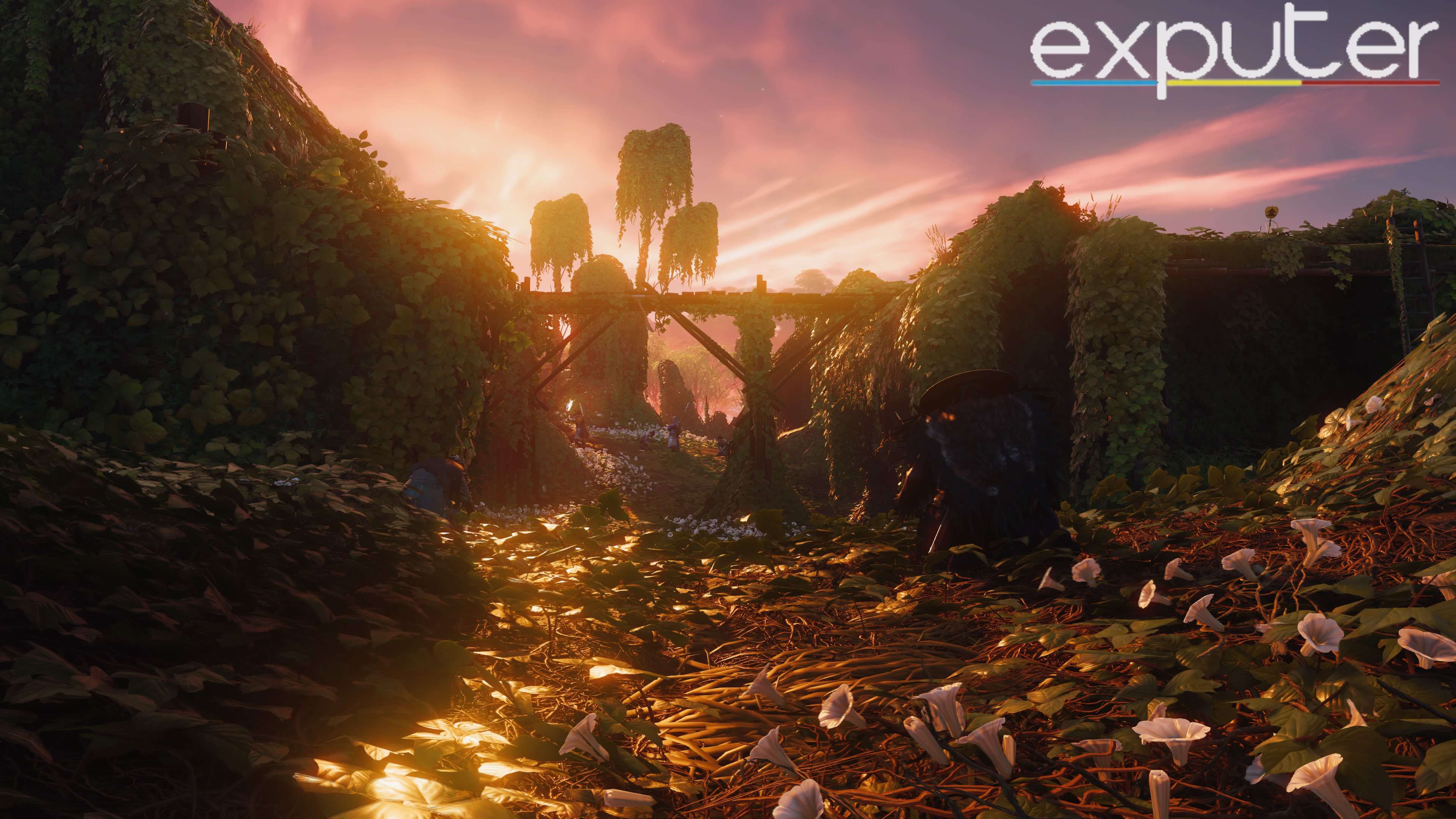
Sadly, the game reveals its cards too early and barely leaves anything for its third and a portion of the second act. The open-world missions, the Mongol-infested fortresses, and even the main story missions can start to feel repetitive as the combat doesn’t evolve beyond that point.
The set of tools and mechanics available to Jin is commendable and really makes its combat stand out from its peers.
And that is only because the encounter design has no variation. It comes down to repeating the same set of tasks in every encounter to get by. That wouldn’t have been a problem if it had a high ceiling of a challenge, but once you get access to everything, the game becomes very easy, and the thrill of struggle and encounters is lost.
If Ghost of Tsushima was a shorter, more focused action game, it wouldn’t have suffered from this problem, but being an Open-World game comes at a cost.
Cinematic Samurai Duels
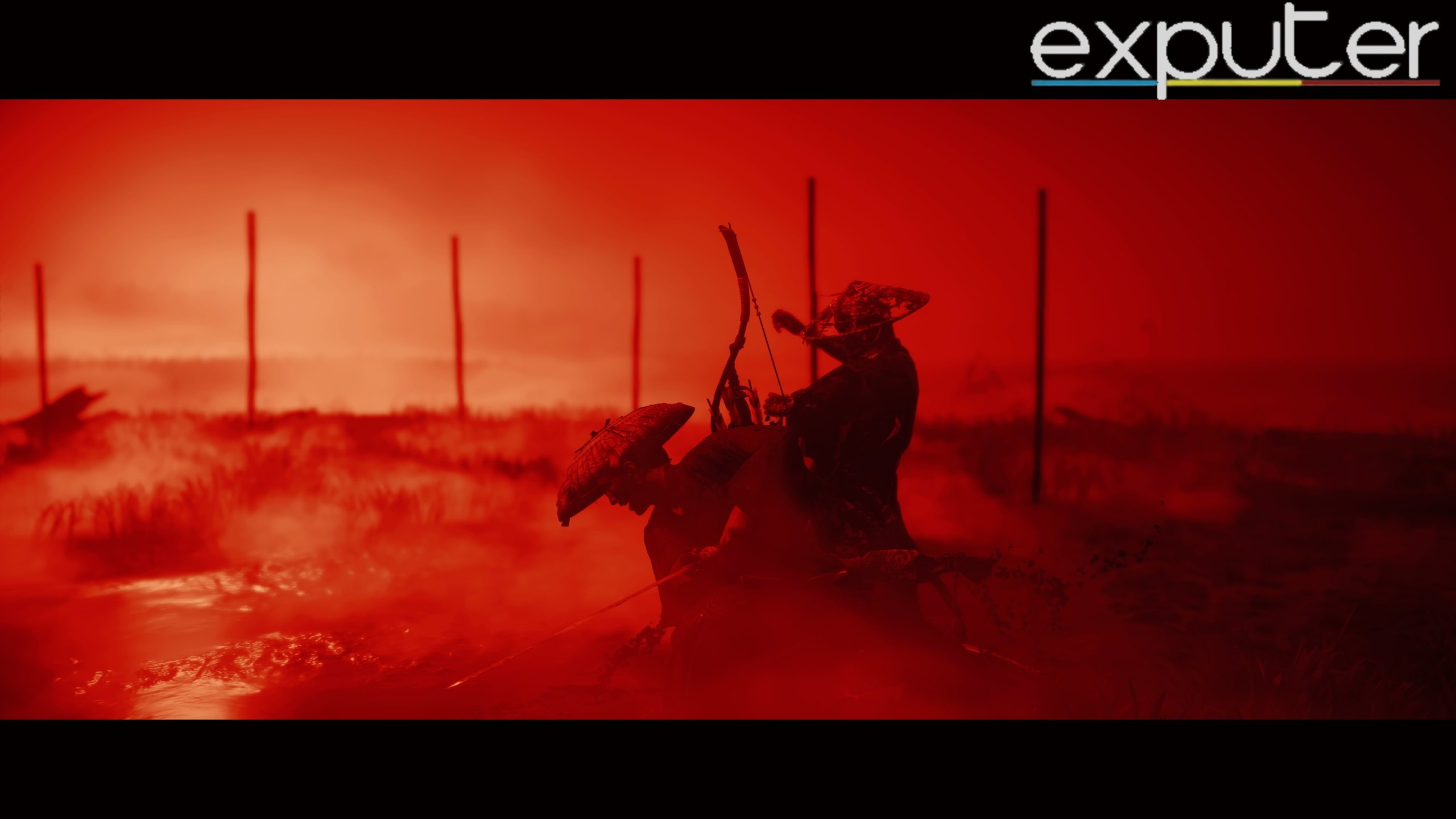
An Interesting Approach To Open World But Not The Activities
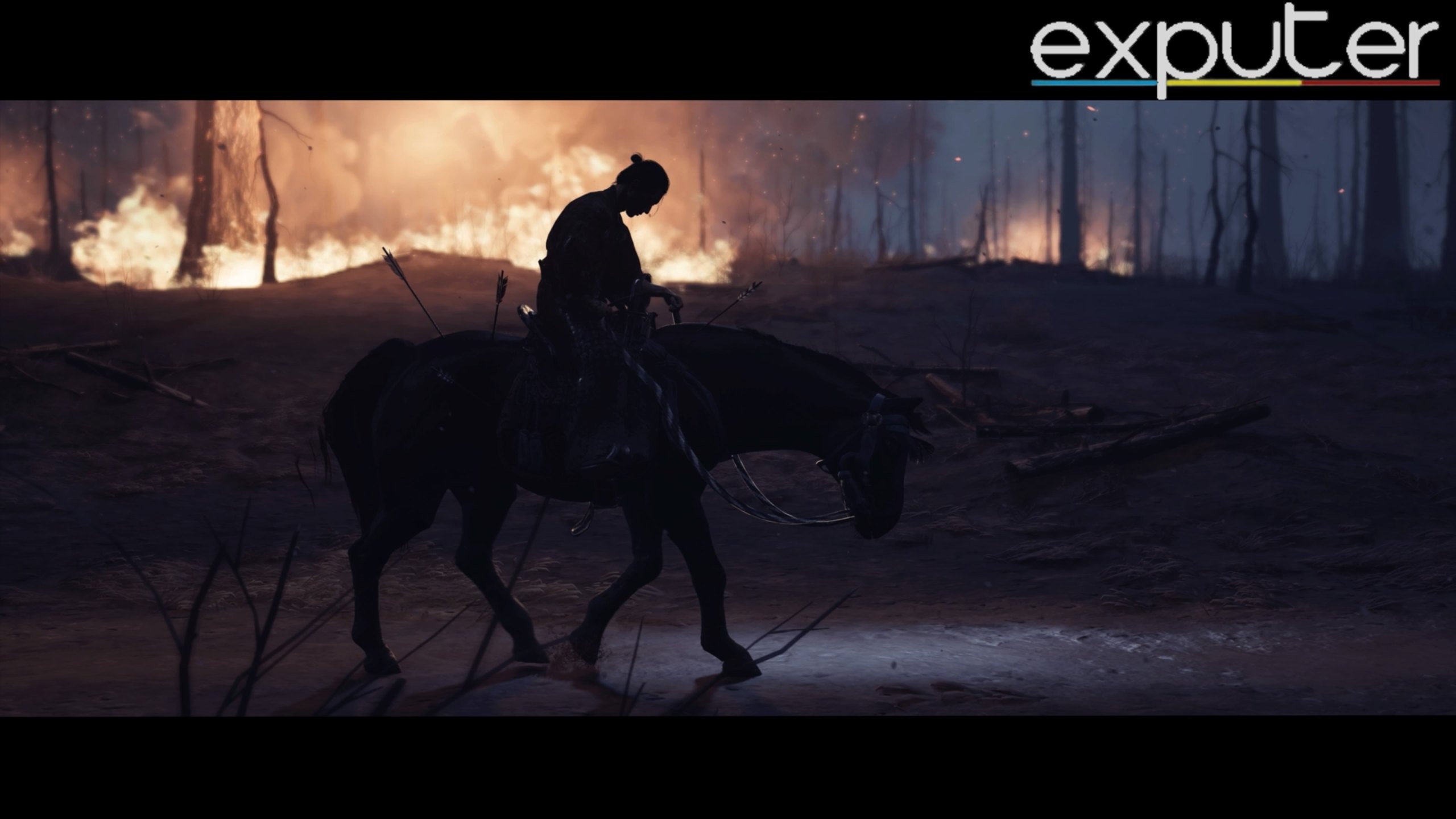
It makes clever use of guiding winds, flying birds, and foxes to guide Jin to nearby points of interest. Although not every activity is interesting, there is still enough variation for those who want to go for 100% completion. Activities involving trailing or repeatedly doing the same set of tasks didn’t do much for me. That said, I strongly recommend doing all of Jin’s companion sub-stories.
The Legends Mode Is A Cherry On Top
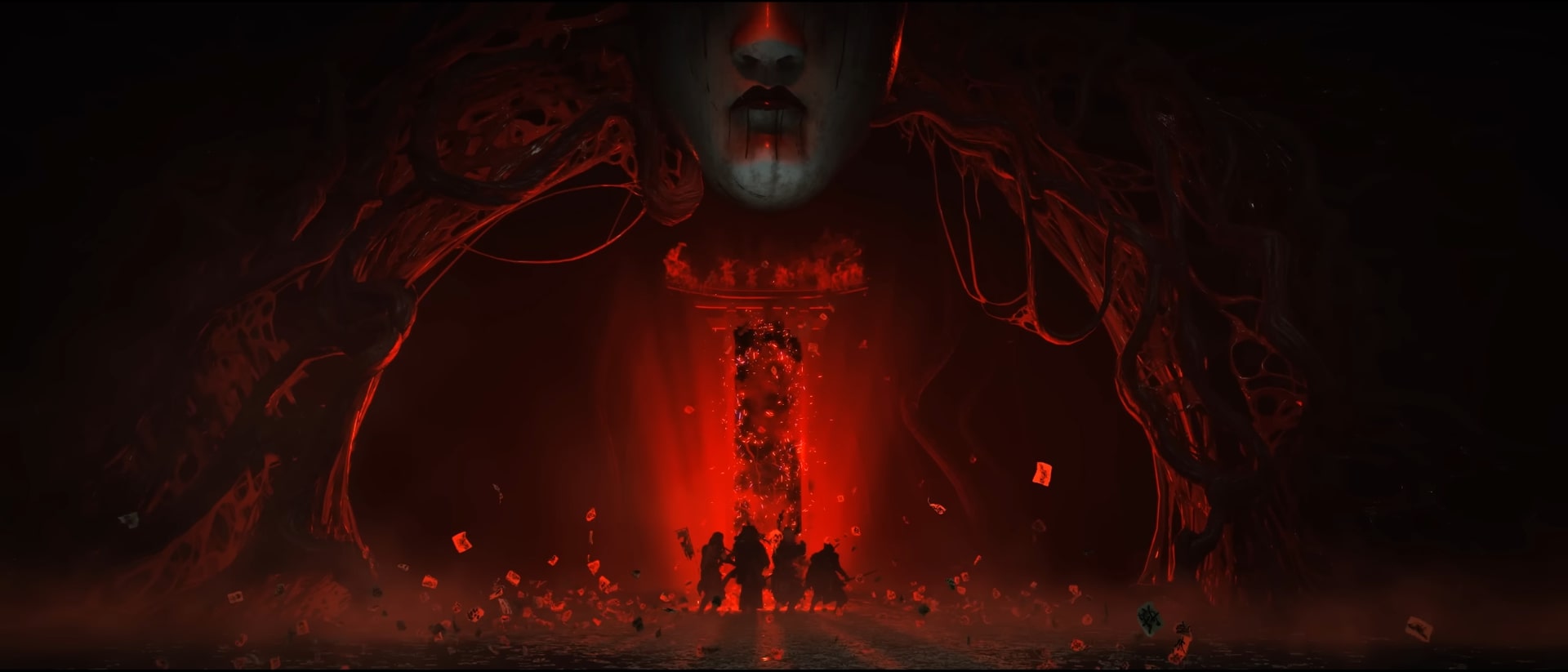
A new set of levels with a redefined art direction, more gear, enemy types, and most importantly a working online functionality makes it more than just a free add-on.
It’s a fun mode that I recommend checking out if you have someone to play with, but even solo, it still doesn’t lose its charm.
Visuals And Performance
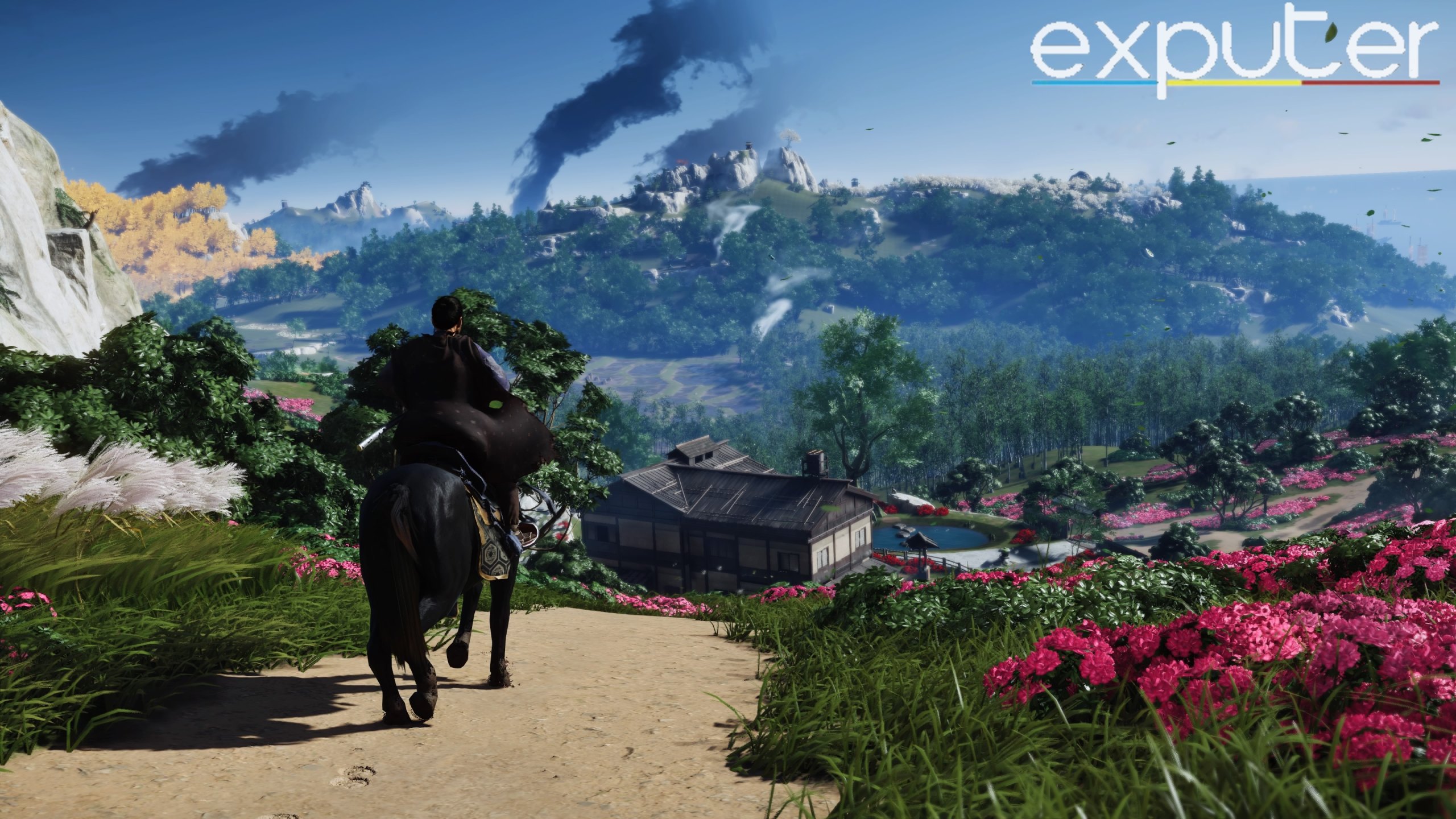
Its excellent use of vibrant, distinct colors will make you stop every 30 seconds to open Photo Mode, and this is even truer in the PC port, which features ever-higher-resolution textures and effects.
Even four years after its release, Ghost of Tsushima remains the prettiest open-world game to date, rivaled only by Elden Ring in terms of art direction.
The entire world feels as if it were painted with watercolors. Sucker Punch undoubtedly set a new bar for art direction with Ghost of Tsushima, a standard that, to this day, is rivaled by only a handful of their peers.
A Filter Worthy Of The Name Kurosawa
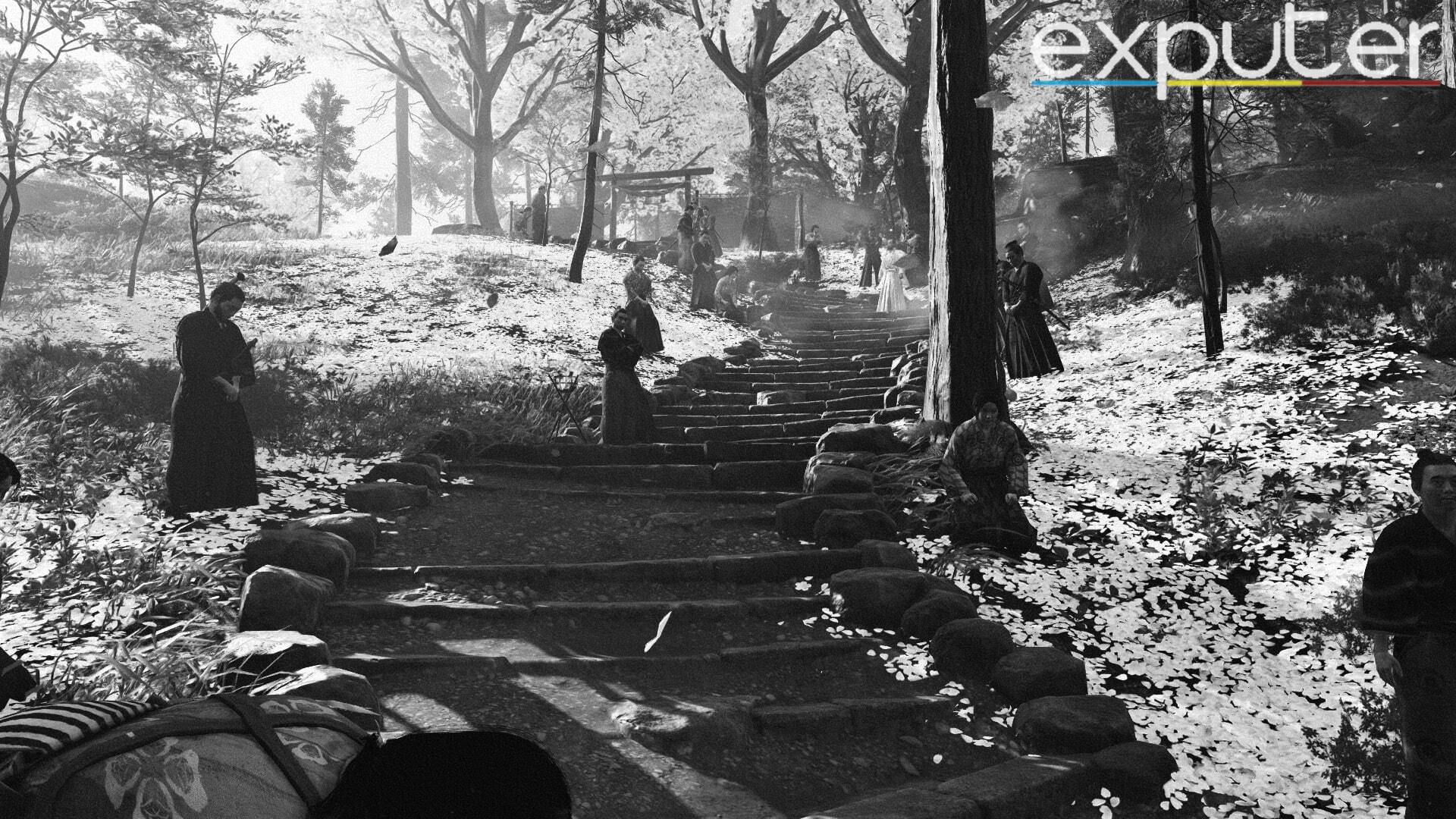
The cinematic flair this mode adds makes Ghost of Tsushima feel like a 1956 Kurosawa-directed movie. The added visual and audio noise also contributes to this. It looks like a completely different game. If this is your second time playing Ghost of Tsushima, I strongly recommend checking out Kurosawa mode.
In short, I could write another 1000 words admiring the beauty of this game, and it still wouldn’t be enough, so my only suggestion would be to go and check it out for yourself. Lastly, the PC port is smooth as butter. Easily one of the best ports in a while.
Verdict

This has been my Ghost of Tsushima Diredctor’s Cut review. While you’re here, consider checking out some of our other articles.
- Rise of the Ronin
- Sekiro: Shadows Die Twice
- Red Dead Redemption 2
- Elden Ring
- Nioh
Thanks! Do share your feedback with us. ⚡
How can we make this post better? Your help would be appreciated. ✍
